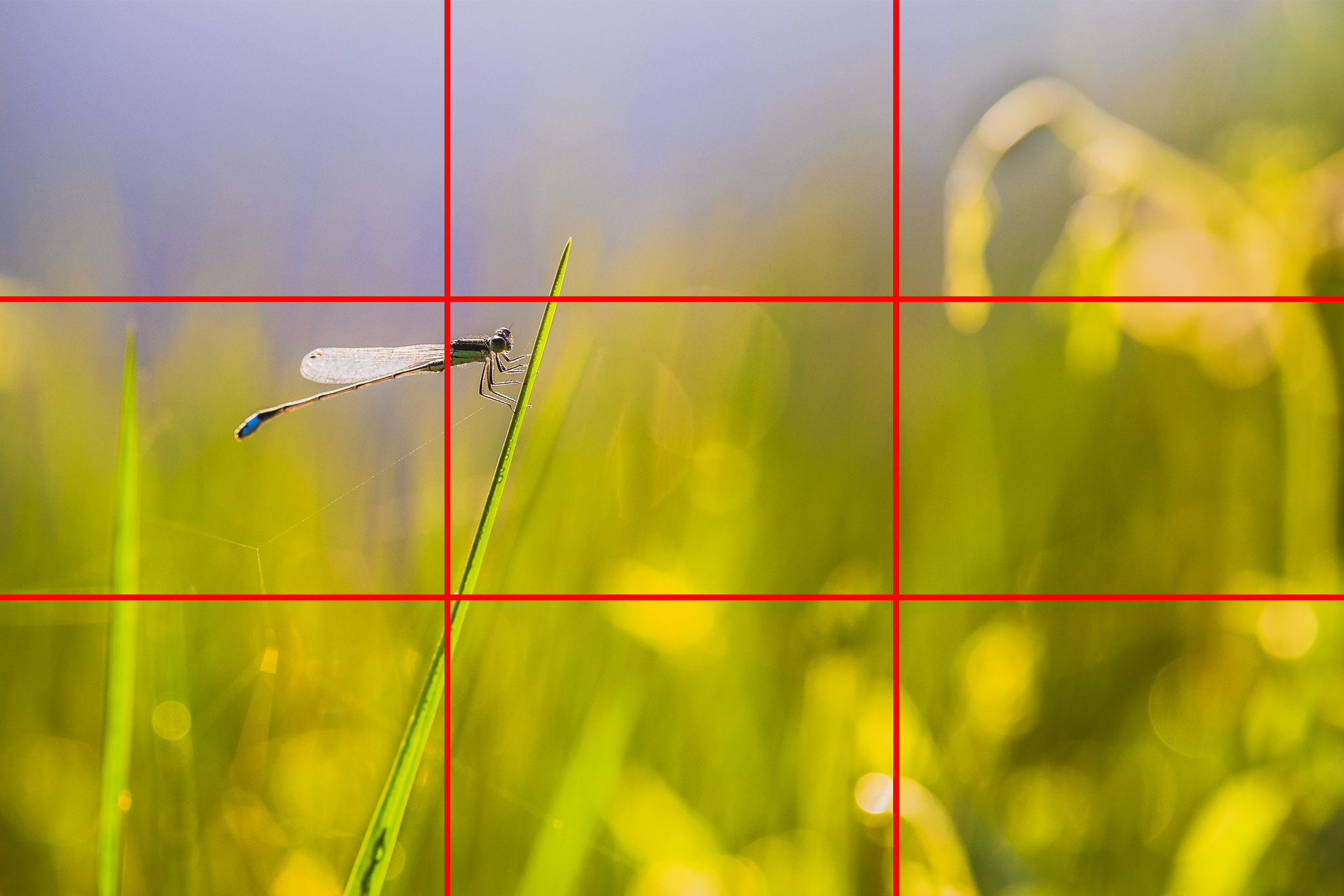Table Of Content

Gingrich had been a backbench rabble-rouser since coming to the House in 1978 and built up a cadre of supporters until he won the party's No. 2 power position as minority whip in 1989. He soon eclipsed the party's leader, Robert Michel, who was nearing retirement. Johnson has gained stature and won bipartisan praise for letting the whole House vote on the aid package. He also got strong support in the Senate, where even an outright majority of Republicans voted for the aid on Tuesday. The package was signed into law by President Biden the following day.
UI Designer Portfolio Examples
If designing a PSA poster, event flyer, or other piece of collateral, think about conveying the key points of information as close to the central intersections as possible. This Breitling watch web design does a great job at balancing a potentially messy webpage with many elements in one screen. Here, Sport Leverage has placed the menu in a great location, easy for the user to quickly notice while still keeping their logo and slogan in key spots for quick recognition and comprehension.
How our eyes visualize a design?
The No. 2 Republican at the time did not have the votes, and the No. 3 declined to run. The chairman of the Appropriations Committee was nominated by the party conference but withdrew after a magazine story accused him of marital infidelity. The 30-year saga began with Gingrich of Georgia, who was the first member of his party to gain "the big gavel" since the early 1950s and the presidency of Dwight D. Eisenhower.
Creative Examples
Overusing the rule can lead to predictability and diminish its effect on your audience. After all, it’s the unexpected that often catches our attention. The rule of thirds is relatively easy to use, but there are a few common mistakes to watch for and avoid. Lastly, the rule of thirds plays a pivotal role in boosting engagement. The Milky Way has many spiral arms which follow the Fibonacci sequence.
That’s why this is something you should only really concern yourself with near the end of your design. It’s a tool to help you tweak your design, not something that you should have to actively concentrate on at all times. Always keep in mind that you still need to maintain a sense of balance, and shoving all of your design elements into one area of the canvas may clutter it up. Movement in design is a bit like visual storytelling—you’re capturing a single moment in the journey from point A to point B. So your design has to give the audience a sense of where those points are. The rule of thirds grid gives you the chance to give your graphic design a perfectly symmetrical appearance—but you’ll want to squash that instinct.
The rule of thirds helps designers and artists compose their creations. It’s based on the principle that the human eye inherently prefers to see balance and movement in design and art and gives artists and designers a guideline for achieving them. These are some great examples of simple yet powerful graphic design created through the effective use of the rule of thirds. The rest of the major elements can also be placed at other intersections to create a beautiful, balanced, and dynamic image that propels the eye to move and take in the information provided with ease. When we look at wildlife photography or other similar results, we can see how the rule is used. Below the hummingbird is on the right side of the composition with blurred backgrounds.
Contents
So, if you are struggling to compose your images, you might find that the rule of thirds can be a quick way to make your photos more dynamic. Designers can also use the rule of thirds to crop and scale their design elements properly. Designers should remember that the most popular, eye-catching power point is the top left intersection. With this in mind, it might be a good idea to place critical information or your main focal point on this power point.
Rule of Thirds in Graphic Design
Not only does this give the rest of the scene more room in the photo, it also places the bird in a more natural pose that shows most of its body. There are a few simple ways you can use the rule of thirds to help decide where to place your major points of interest. Now that you have a deeper understanding of the rule, pay close attention to the films you love and how directors and cinematographers use composition to better tell their stories. Breaking the rule of thirds can also be powerful if that approach jives with your directorial intent. Center framing can create tension and comedic relief, as well as help viewers make sense of characters’ surroundings. The best shots in cinema are the ones whose composition reflects the story they’re telling.
The rule of thirds is a design guideline that involves dividing an image into nine equal parts using two sets of parallel lines, one vertical and one horizontal that intersect at four points. The rule is used to place the important elements along these lines or their intersections. John Thomas Smith, an 18th-century painter, and writer, first used the term “rule of thirds” in 1797 in his book Remarks on Rural Scenery. Smith acknowledged the power of this grid technique to maximize the effect on the viewer’s eye. When using the rule of thirds in graphic design, it's important to keep other design principles in mind as well.
Focusing too heavily on the rule of thirds can sometimes lead you to overlook other composition techniques that enhance your design equally. A visually balanced and interesting design is more likely to captivate your audience and hold their attention. To create action or movement, put your subjects on one side of the grid aimed at the other side. That may be in the form of content, buttons, colors, elements, and the actions you want the user to perform. With the rule of thirds, designers can quickly implement grids that include aspects of the Phi Grid without being overly complicated. Designers don’t even need a calculator or be insanely good at math.
Studio Love is Enough designs Japanese restaurant inside MINI creative hub A/D/O - Dezeen
Studio Love is Enough designs Japanese restaurant inside MINI creative hub A/D/O.
Posted: Sat, 21 Mar 2020 07:00:00 GMT [source]
It doesn’t matter if this grid is placed in a portrait or landscape format, the same rules apply to both as long as you have 9 intersecting lines and a 3×3 grid. The grid pattern for the rule of thirds is based on a very old design element known as the Golden Ratio. The Golden ratio is a geometric ratio that ensures beautiful proportionality wherever it is applied. And if you’re photographing a building that has abstract patterns, you can capture the pattern’s repetition to add a balanced structure to a shot. It can be difficult to create a harmonious and cohesive layout when mixing numerous dissimilar elements, such as text, images, and abstract forms. Poor implementation, such as haphazardly placing elements on the grid without considering balance and proportion, can lead to a messy or confusing design.
I find that can help speed up the post processing my wildlife work where the initial framing is normally not controllable. “The whole idea of the rule of thirds is that it introduces beginners to off-center composition” – lol hilarious. Nasim Mansurov is the author and founder of Photography Life, based out of Denver, Colorado. He is recognized as one of the leading educators in the photography industry, conducting workshops, producing educational videos and frequently writing content for Photography Life. While taking this photo, the goal was to make it look somewhat striking and unexpected. Had the photo followed the rule of thirds, it would not have conveyed that emotional message.
Keep in mind that this rule is a suggestion for beginners and those who struggle with properly composing their pictures, and it is far from the only way to take good images. If your composition involves images of people, align their bodies with the vertical lines and their eyes with a horizontal axis. The “rule of thirds” is one of the most well-known compositional principles.

Now that you understand a little more about the rule of thirds, you’ll probably start to see it everywhere. Don’t worry, this might drive you a little nuts, but it’s still a good thing. It means you’re developing an eye for good design, which can only help you in the long run. When designers work against the rule of thirds, they’re still using that grid in some way or another. Think about our video example from The Brady Bunch—in the intro to this classic sitcom, we actually see the rule of thirds grid. But the characters themselves are all equally placed around the grid—nobody is actually touching the intersections.
Use This Olympian's Rule of Thirds to Chase Any Big Dream - Inc.
Use This Olympian's Rule of Thirds to Chase Any Big Dream.
Posted: Mon, 06 Jun 2022 07:00:00 GMT [source]
The rule of thirds goes beyond just the pictures and photographs that go into your print design—the grid can also be applied to most print templates, too. While symmetry isn’t always necessary for good design, balance absolutely is. The rule of thirds grid is also one of the best tools to help you figure out how to use asymmetrical balance to your advantage. Using a rule of thirds grid helps you maintain good balance while still keeping things asymmetrical. Audiences tend to follow a capital “F” shaped pattern with their eyes whenever they look at a design. The eye naturally starts at the top left section of the canvas, then moves down to the bottom left, back up to the top right, and then finally the bottom right.
The easiest way to explain it is by using the Fibonacci sequence. Whether you’re a seasoned UX/UI designer or just starting out, the Rule of Thirds should be part of your design toolkit. This simple, centuries-old principle can elevate your interfaces to new heights—making them more balanced, professional, and effective. Learn the full user experience (UX) process from research to interaction design to prototyping. Symmetrical architecture takes much of the guesswork out of composition — but you can maximize a photo’s impact by aligning the horizon or other prominent lines along your grid.

No comments:
Post a Comment